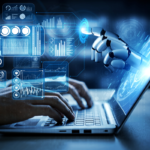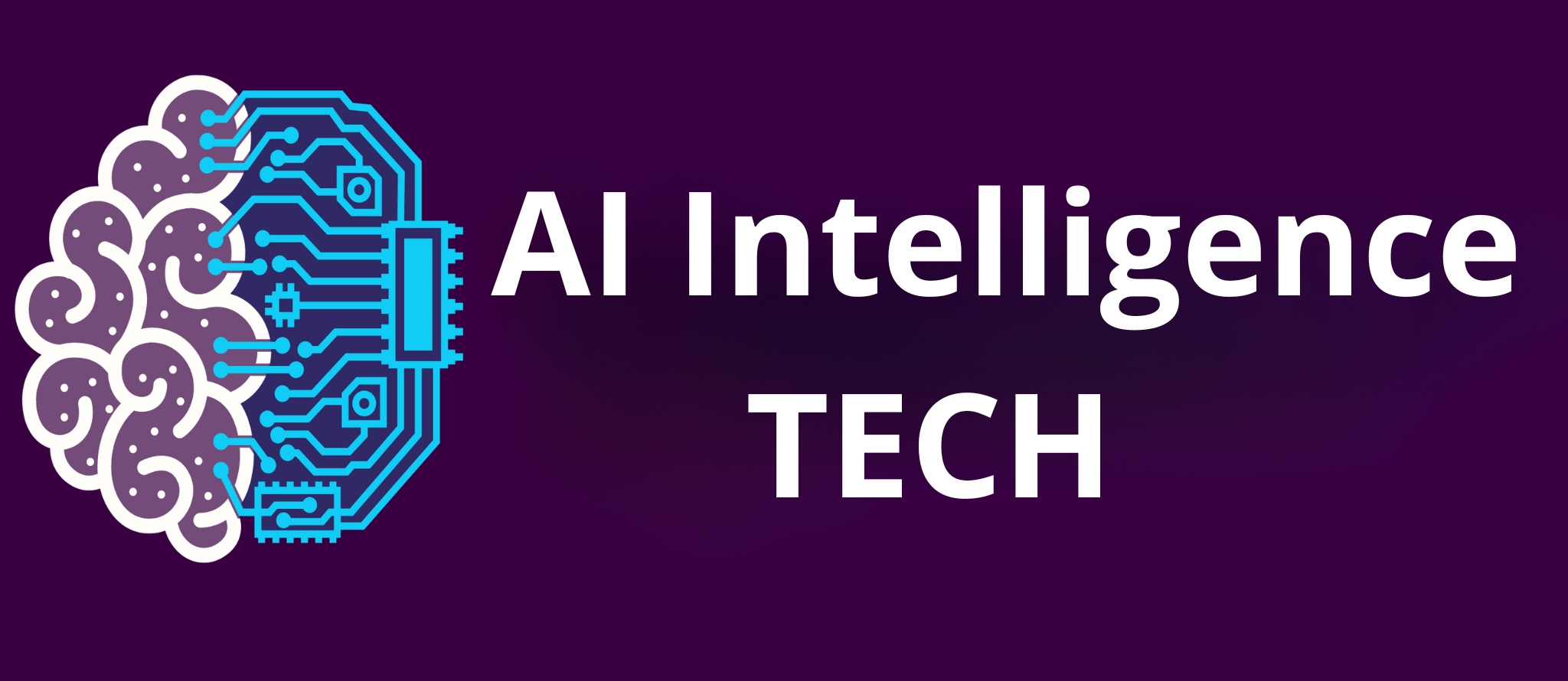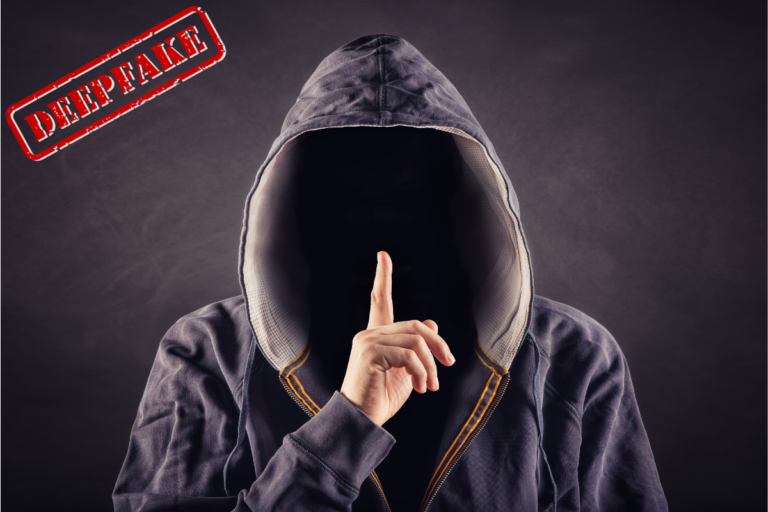Introduction
Artificial intelligence (AI) is advancing rapidly, bringing with it a number of innovations. One such innovation is deepfake technology, which has the potential to revolutionize how we interact with media. However, this technology also presents significant risks that we need to consider.
What Are Deepfakes?
Deepfakes are videos or audio that have been manipulated using machine learning algorithms to create a false representation of a real person. Tools like FaceSwap , Reface , and DeepFaceLa b allow you to create deepfakes. These tools use deep neural networks to analyze and learn the facial and vocal characteristics of a person, and then apply those characteristics to another person, creating a convincing and realistic representation.
Deepfake Applications
The applications of deepfakes are vast and varied. Microsoft, for example, developed VALL-E , a technology that imitates the voice of any person using just a three-second sample. In addition, this AI can reproduce a person’s emotions and tone of voice. This has significant implications for the entertainment industry, where deepfakes can be used to dub actors in different languages or to create realistic characters in games and films.
Examples of Deepfakes
Deepfakes are used in a variety of areas, from entertainment to politics and security. In entertainment, viral videos of celebrities doing unusual things are common. In politics, fake speeches by leaders can spread misinformation. In security, deepfakes can fool facial recognition systems. These examples highlight the need to develop ways to detect and combat malicious deepfakes.
Risks Associated with Deepfakes
While deepfakes have promising applications, they also pose significant risks. Bad actors can use deepfakes for malicious purposes, such as scams, extortion, and cybercrime. Deepfakes can harm people’s reputations, security, and privacy. For example, someone could use a convincing deepfake to defame a public figure, causing irreparable damage to their reputation. Similarly, someone could use deepfakes to fool security systems that rely on facial recognition.
Challenges in Detecting Deepfakes
As deepfakes become more sophisticated, identifying these fakes becomes increasingly difficult. Researchers are continually developing new techniques to detect deepfakes, such as analyzing eye blink patterns and lighting anomalies.
However, deepfake creators are constantly improving their techniques to avoid detection. This cat-and-mouse game between deepfake creators and detectors requires ongoing efforts from the scientific community and technology companies. Therefore, it is essential to ensure that effective detection tools are always available.
Education and Awareness
Another key aspect of dealing with the risks of deepfakes is educating and raising awareness among the public. Many people are still unaware of the existence and capabilities of deepfakes, which makes them vulnerable to this fake content.
Therefore, awareness campaigns can inform the public about how to identify deepfakes and the importance of verifying the authenticity of information before sharing it. Additionally, digital literacy education in schools prepares the next generation for a future where deepfakes are commonplace, empowering them to navigate the digital world with greater discernment and confidence.
Conclusion
In short, deepfakes represent a new frontier in AI , offering exciting possibilities while also posing significant risks. It is essential that we continue to explore this technology with caution, ensuring that its use is ethical and safe. As we move into an increasingly digital future, it is important that we are aware of the challenges that new technologies present and that we work together to mitigate their risks.
You may also like:
- AI for Business: Practical Tips for Implementing Technology in Your Company

- AI Prompt Engineer: The Future of Artificial Intelligence

- Supercharge ChatGPT: 5 Ways to Turn It into Your Perfect Assistant





